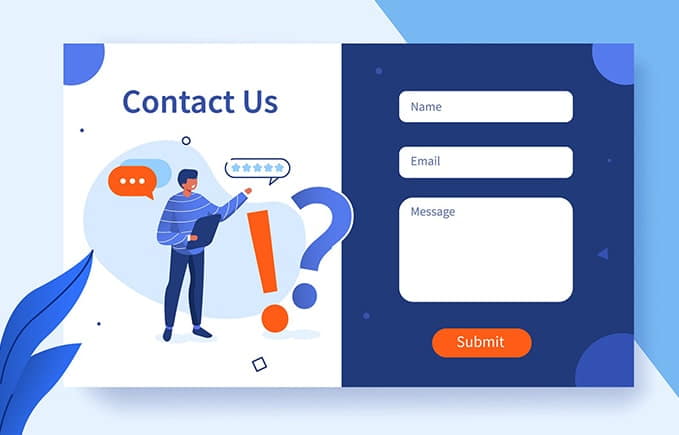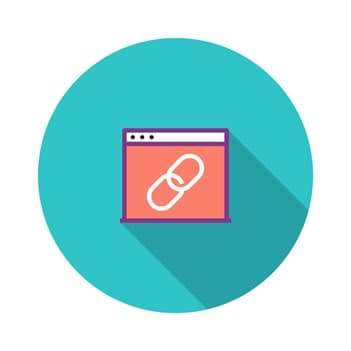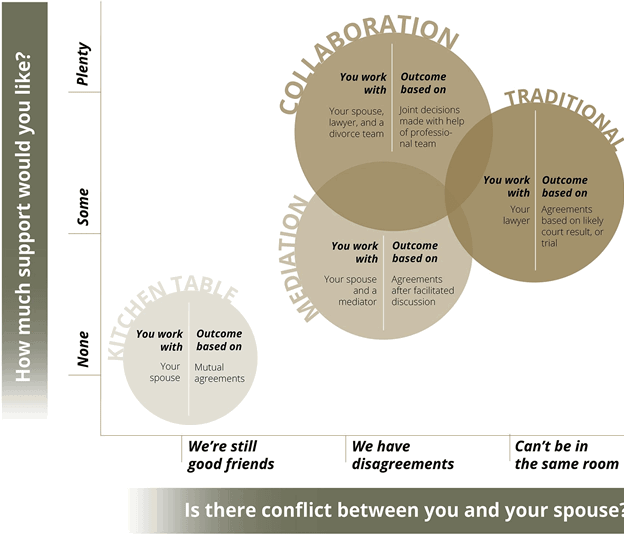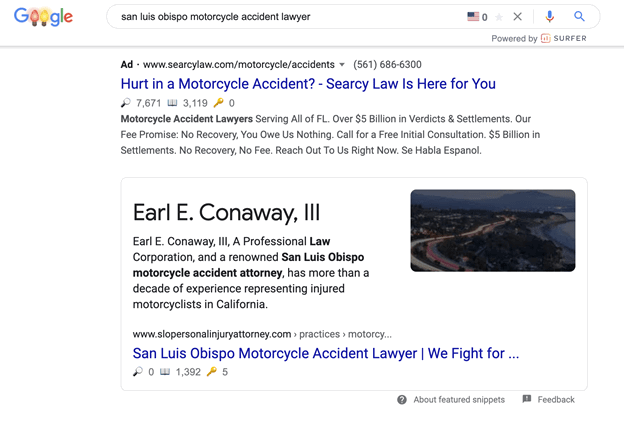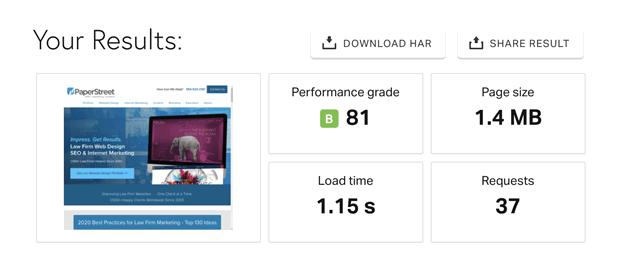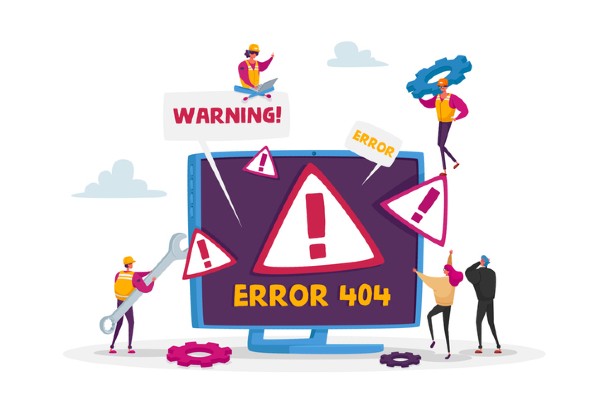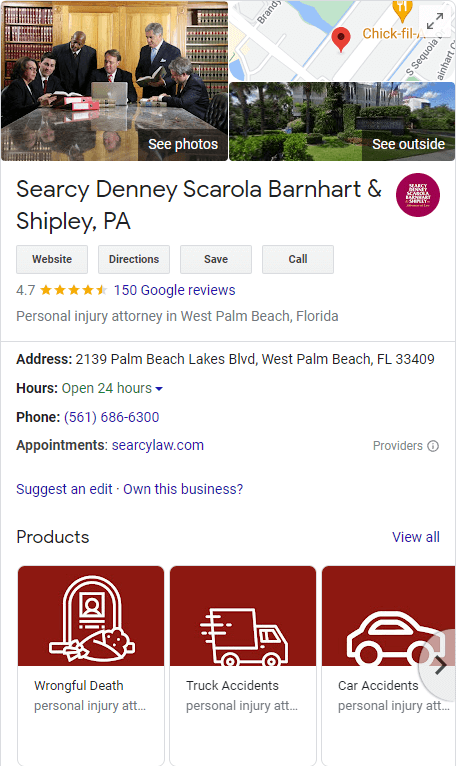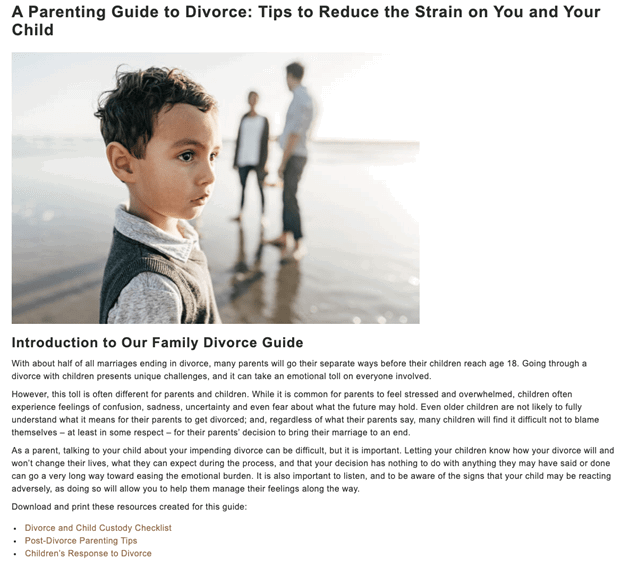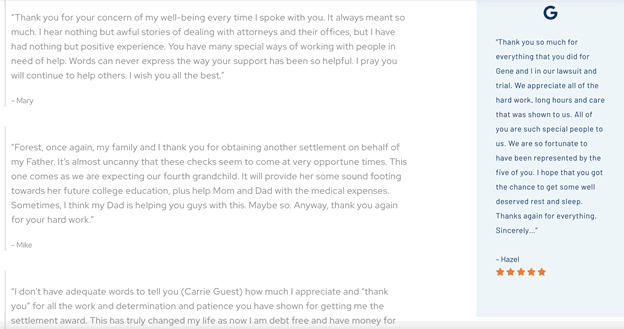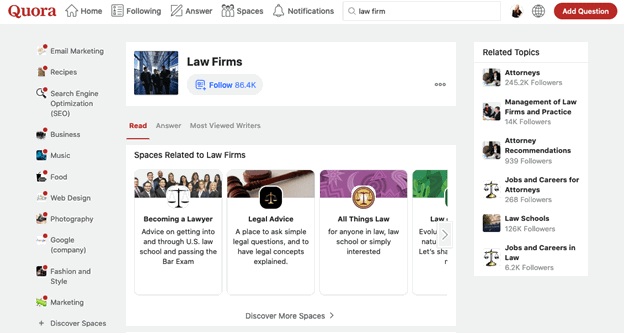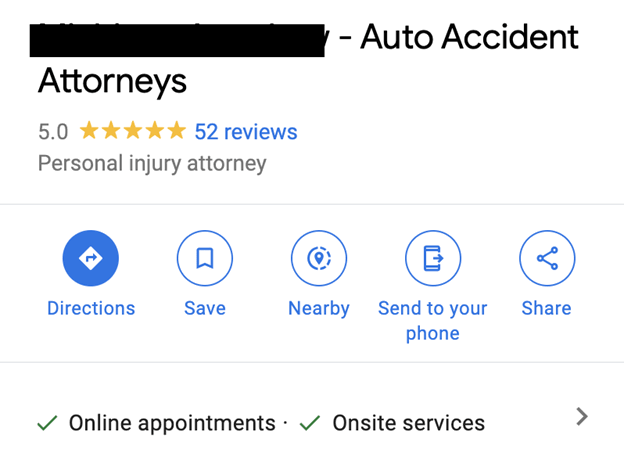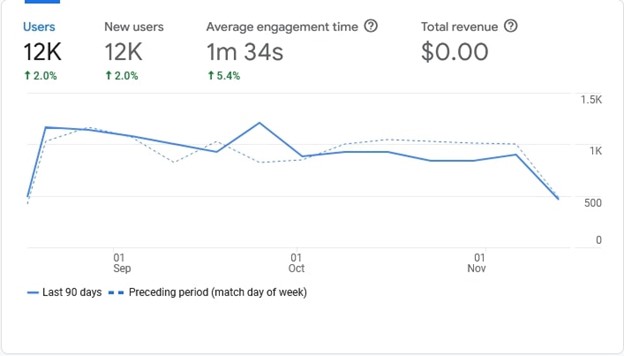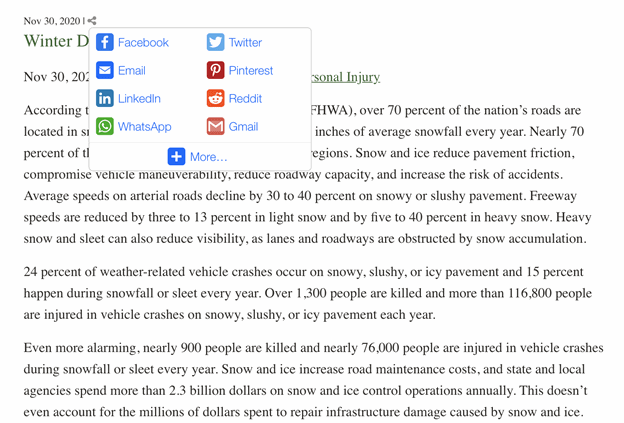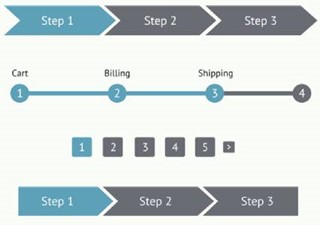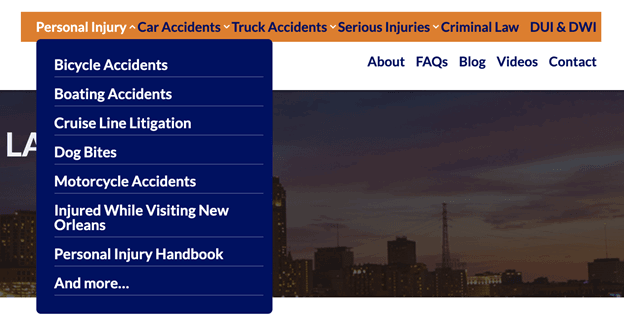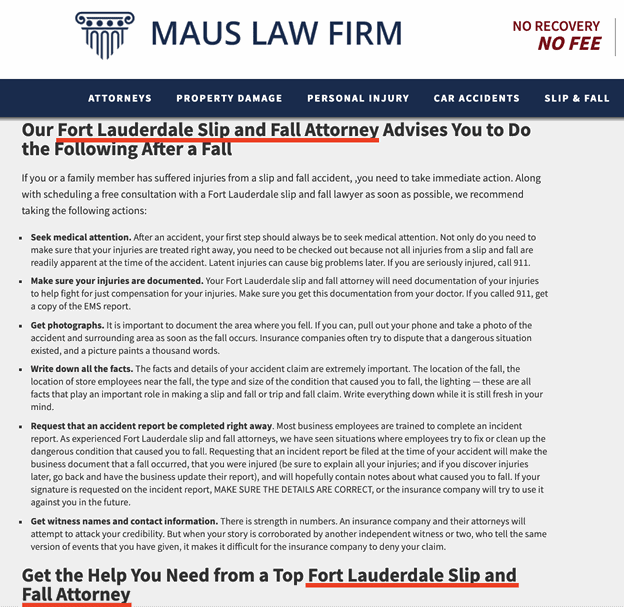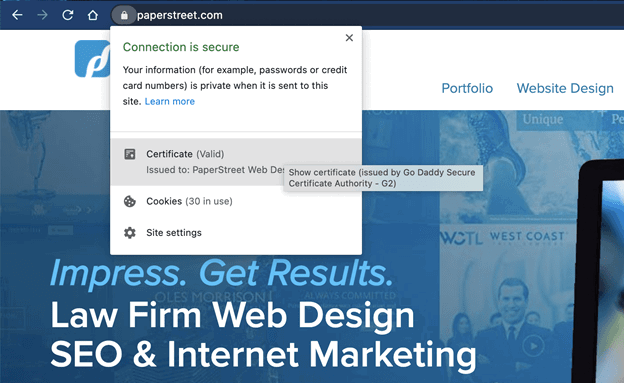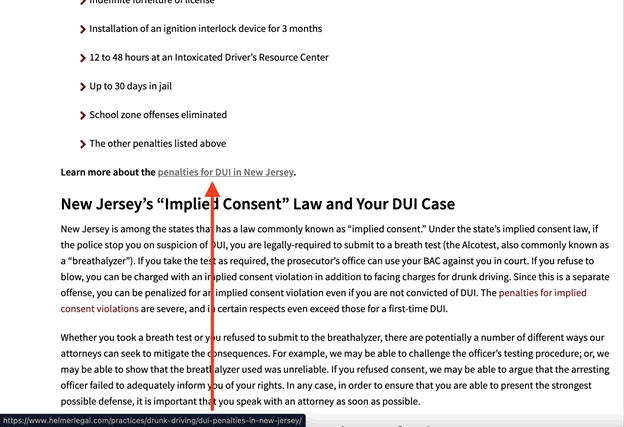- SEO/Core Content & Blog Posts.
You need both, and there’s a difference. - Long-form Content is Better.
At 1,500+ words is still a best practice, but long-form content that is 1,500+ is ideal to set you up as the subject-matter expert. - Optimizing old content is just as important as creating new content.
Google not only wants you to maintain your website by adding new content, but also wants to ensure quality of old content. This means performing a content audit to analyze existing content and coming up with a plan to improve it. This process is continual and everevolving. As you perform your audit, make sure you spend 50% of your content-focused time creating new webpages and 50% of the time refreshing the old. - Create A Content Hub With Localized Pages.
Since most of your target clientele is local to your business or firm, a key aspect of your campaign is defining your local relevancy. This is done by creating pages targeted at your local market. However, any city pages need to be unique content pages. By creating a content hub targeted at your local market, clients are more likely to engage with your content, meaning better website traffic and more potential clients. - Start a Podcast.
This allows you to connect with your audience in a unique way, attracts new leads, helps build more online authority & recognition and increases traffic to your website. This all helps to bolster your overall branding and marketing efforts. - Use Subpages.
One generalized piece of content per practice area isn’t always enough to reach all of your potential clients. - Implement Call Tracking.
Set up call tracking on your website for a better overall depiction of your conversions and ROI. If you are only tracking contact forms, then you are missing pieces of the puzzle. - Content Headings.
Headings are easily the most overlooked, but one of the most significant aspects of SEO content. Don’t stop at H1! H2 and h3 are also very important and need to contain your keywords. - Client-Focused Content.
Think about what your clients ask on a continual basis and make that the focus of your content. This is a great way to frame blogs and core content. - Be Creative with Your Blogs.
Add some creativity to your blog titles with playful language. Use alliteration, rhymes and street talk to help make your blogs more shareable. - Think Beyond Your Search Position.
Have an SEO title and meta description that stands out from the rest and get you clicks. - SSL is a MUST.
Install an SSL certificate on your website. This upgrade not only gives you a slight ranking boost in Google, but it also helps to avoid browser notifications to visitors that your site is insecure. - Use Anchor Text Wisely.
An internal link is much more effective provided that the anchor text is meaningful and relevant. - Allow for Easy Conversions.
Site visitors will be reviewing your site on different devices and locations. Provide options for the client to contact you on every page of content and offer various formats to make their communication as easy as possible. - Internal Link Away.
Make sure all related pages have some internal links to each other. Links can boost your SEO value and help users navigate your site. Never force a link; keep it natural. - Visuals Matter.
If it makes sense, use graphs, charts, pull quotes, images, and other visual aids to help convey your message or emphasize your brand. - Don’t Belittle Brand Awareness.
Creating blogs should provide relevant information for attracting clients, but including topical information such as pop culture, lists, and more can also rank and be used to expand your brand. - Use Google Predictive Search to Brainstorm Content Ideas.
Google autocomplete essentially gives you the “questions” to answer directly to match the user’s intent. - Be Aware of Passage Indexing.
Google’s new changes mean that a closer look will be paid to individual sections of your content. Don’t let your content be generic and target long-tail phrases in order to make this indexing work in your favor. - Implement Structured Data.
Implement structured data to help search engines better understand information on your website. - Take Advantage of Rich Snippets.
Be aware of the different types of rich snippets that Google supports in their SERP and take advantage, when applicable, by using structured data. These include additional markup for pages with these content types: FAQ, How-to, Recipe, Q&A, Video, Job Posting and others. - Mobile First Indexing.
Focus on mobile first design and UX since that is what Google now uses for indexing and ranking purposes. - Need for Speed.
Fast loading websites must be a top priority. It’s important to find a balance between fast loading sites and modern functionality and design. - Improve Traffic Attribution Data.
Use UTM parameters in your links to better classify traffic that would otherwise have attribution issues. Examples include clicking links from email newsletters, YouTube video descriptions and social media posts. - Crawl Budget Optimization.
Make your website more efficient for Google to crawl so the bots can discover your content additions and updates. Exclude outdated content and non-valuable pages, avoid broken links, soft 404s & redirect chains. Also, check that your XML sitemap is up to date, improve your site speed and provide last modified dates. Don’t use session or tracking IDs in your URLs that cause duplicate content. - Use WebP Images.
Select the latest image type which, on average, allows for 30% more compression than JPEG without loss of image quality. This file type aims to create smaller but better looking images that help with site speed. - Video Marketing.
Produce and incorporate high-quality videos into your content to help with dwell time and user engagement. Make sure to incorporate structured data for the videos on these pages to help with a video rich snippet in search results. Also, upload these to YouTube and share them on social networks for more visibility. - Optimize for Voice Search.
Alexa and Siri aren’t going away anytime soon. Write in a conversational tone and incorporate FAQs into your content. - Lazy-load Functionality.
Images that are below the fold do not need to preemptively load. This helps with site speed and to prioritize loading elements above the fold that visitors see first. - Seek out News & Press Opportunities.
There are tools like HARO that you can take advantage of to get quoted in publications. Beyond that, you should think about what unique ideas you can contribute to reporters based on what is happening in your industry and local area. Are you representing a car accident victim whose accident received news coverage? Reporters may be interested in hearing your feedback on the case which could result in a backlink. - Google Business Profile (GBP)
Make sure your listing targets the right keywords, have high-quality photos, and include GBP posts. - Contribute Guest Content.
Writing for your own blog is not enough. Increase backlinks and brand awareness by getting published on well-known media outlets and guest blogging for other websites relevant to your industry. - Earn Backlinks from Community Engagement.
This means sponsoring local events, taking part in speaking engagements, getting involved in charities, and other initiatives that help the community but also increase your online presence. - Invest in Link-Worthy Content to Build Backlinks.
Marketing copy is necessary to convert website visitors to clients, but it is not the type of content that will get you backlinks or will be reshared on social media. Create ebooks, in-depth guides, how-to blogs and other valuable link assets that you can promote. - Obtain Reviews on Various Platforms.
Make sure you are continually earning positive reviews on Google, Facebook, and any other platform on which your business may be found. Respond to each, whether it is positive or negative, to build your reputation. - Add Reviews to Your Website.
If you have positive reviews on Google and other platforms, showcase them on your website. Create a testimonial page to feature the best reviews and make sure to add those that are about a specific topic to their corresponding page. - Build a Community Outside of the Standard Social Media Pages.
This could be answering questions on a forum like Quora, interacting with topical blogs through conversational comments, or participating in a Facebook group. - Tackle Spam.
If you notice a competitor is spamming within their GMB listing, report them. If you find they are listed in an unrelated directory, notify the support team. - Don’t Get Hung Up On the DA of a Backlink.
Domain authority is a nice metric to use when evaluating a backlink, but it's by no means the only thing that matters. Highly relevant legitimate websites can have low domain authorities and still be a valuable backlink. It is also possible for a spammy website to have a high DA. - Core Web Vitals.
An exact date has yet to be announced, but in 2021, Google will take the following website load factors into ranking consideration: - Largest Contentful Paint - the time it takes for the largest element on your site load
- First Input Delay - the time it takes for your website to start rendering
- Cumulative Layout Shift - the stability of content as the page loads
- Google Analytics 4.
Create an additional property in GA that comes with expanded predictive data insights, further integration with Google Ads, cross-device data measurement abilities, and more granular data controls. If you have not already you should be updating to Google Analytics 4. This is Google’s latest analytics and requires some work to update. Check with your web or marketing team on how to update. - Hreflang Tags.
If you have a multilingual website, be sure to implement these tags. They are used by Google and other search engines to understand what content to serve to users in other countries that speak different languages. - Competitor Analysis.
Performing a competitor analysis from a technical, content and link building standpoint can reveal improvement opportunities for your website to take advantage of and surpass the competition. - Social Share Buttons.
Make sure blog posts are equipped with functionality to allow visitors to share content on various social media platforms. This helps make it easier for content to spread and increase visibility. - Focus on Dwell Time.
The longer a visitor stays on your page before returning to the SERP is a positive signal to Google. Make sure your website content is highly engaging, matches up to user intent and includes video marketing (when applicable) to increase the amount of time a user dwells on your page. - Use Breadcrumbs..
This is not a new tactic per say but one that often gets overlooked. Breadcrumbs simply make navigating a website easier for a visitor and a better user experience. Showing what page they are currently on and what section it is under to better understand the site’s structure. It tends to encourage people to visit more pages on a website before exiting. Also, it is very useful for a check out process or when there are multiple steps to submitting a form.








